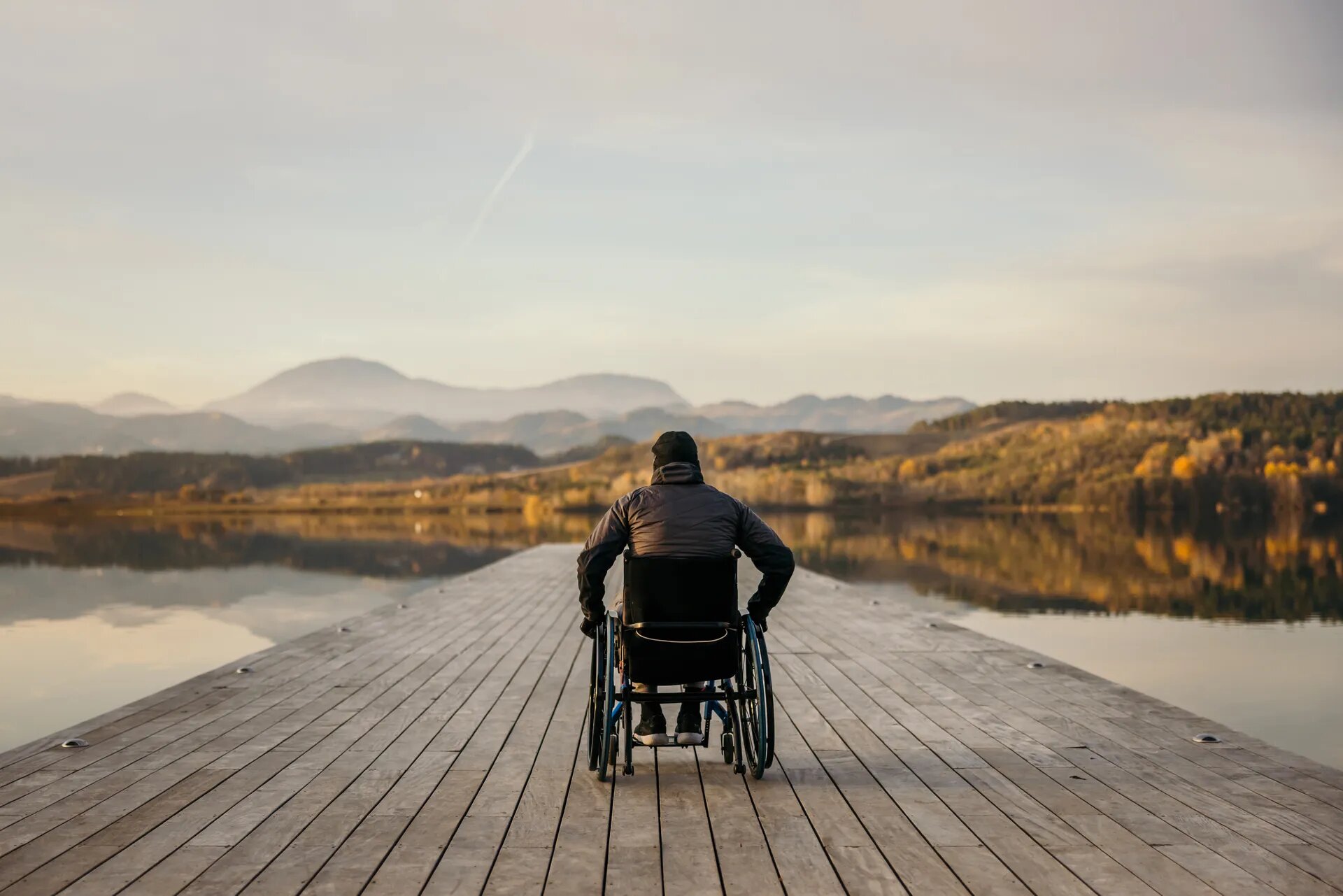Travel is often seen as a gateway to adventure, relaxation, and new experiences. But for person in wheelchair and those with disabilities, it can feel more like a rigmarole filled with frustration, inaccessibility, and endless barriers. From airlines mishandling mobility aids to hotels lacking proper accommodations, disabled travelers frequently find themselves facing a horror story rather than a dream vacation.
However, with growing awareness and advocacy, the industry is slowly evolving. The question is: Are we truly on the cusp of change, or is it just another false promise?
The Current Reality of Disabled Travelers
For disabled travelers, every step of the journey presents challenges. Booking a flight, getting through security, boarding, and even using restrooms at airports can be an ordeal. A simple request for assistance can turn into hours of waiting, and some airlines still fail to handle wheelchairs with care.
Take a LOT Polish Airlines, for example. While it has improved its accessibility services over the years, passengers still report incidents where their wheelchairs were damaged or lost. Similarly, British Airways baggage tracking is meant to offer peace of mind, but for disabled travelers, it often fails to ensure mobility equipment arrives safely.
Hotels present another layer of difficulty. Many establishments claim to be “accessible,” but lack basic features such as roll-in showers or elevator access to all floors. Even something as simple as finding a suitable tour package, like those offered by National Geographic Tours, can be difficult when accessibility is not a priority.
Airline Challenges: A Major Setback for Disabled Travelers
Flying should be an exciting experience, yet for many disabled travelers, it’s a nightmare. Here are just a few of the challenges they face:
1. Damaged or Lost Wheelchairs
A wheelchair is not just an accessory—it’s an extension of a person’s mobility. Airlines frequently mishandle these essential devices, causing distress for travelers. In fact, passengers using dog wheelchairs for service animals also struggle, as many airlines have unclear policies on how to accommodate them.
2. Complicated Check-in and Security Processes
Traveling with a disability often means extra screening and longer wait times. Many airports still lack trained staff who understand how to handle individuals with mobility issues.
3. Limited Onboard Accessibility
Even on long-haul flights, most aircraft do not have wheelchair-accessible restrooms. This forces many disabled travelers to dehydrate themselves before flights to avoid needing the restroom—an unacceptable reality in modern travel.
Hotels and Tourism: Falling Short on Accessibility
For a trip to be enjoyable, accommodation and local attractions must be accessible. While brands like Great Scotland Yard London boast luxury, they often overlook practical accessibility needs. From narrow doorways to lack of ramps, many “high-end” hotels fail to cater to disabled guests.
Even booking a guided trip can be frustrating. Some travelers look at premium experiences like National Geographic Tours, but accessibility details are often unclear. Without detailed information, disabled travelers are left guessing whether they can even participate.
Public Perception and Changing Attitudes
A major part of the problem is the way society views disability and travel. Many assume that disabled people don’t want to travel or that the extra effort is “too much trouble.” But as more stories emerge about the struggles faced by these travelers, public awareness is growing.
Films, documentaries, and social media posts showcasing real-life experiences have sparked conversations about change. Influencers with disabilities are using their platforms to highlight both the barriers they face and the companies that get it right.
Is Change Really Happening?
The travel industry has made promises of improvement, but are they being fulfilled? Some developments suggest we may be heading in the right direction:
1. More Airlines Improving Accessibility Policies
While Polish Airlines and LOT Polish Airlines still have room for improvement, they have introduced better training for staff handling mobility aids. Airlines like British Airways World Traveller are also stepping up to offer better assistance.
2. Increased Focus on Inclusive Tourism
More companies are investing in accessible tourism. Hotels, tour operators, and even museums are recognizing the need for change. Some destinations have even introduced regulations requiring hotels and attractions to meet accessibility standards.
3. Technology Is Helping
Apps like Staff Traveler help disabled individuals find accessibility-friendly flights and accommodations. Similarly, AI-driven tools can help plan barrier-free routes in real time.
Challenges That Still Exist
Despite these positive shifts, there’s still a long road ahead. Some key challenges include:
- Lack of Standardized Regulations: Accessibility rules vary widely between countries and airlines.
- Hidden Costs: Many disabled travelers pay extra for accessibility services that should be free.
- Staff Training Gaps: Airline and hotel staff often lack proper training to assist disabled guests.
A Call for Action: What Needs to Change?
If we want travel to be truly inclusive, several steps must be taken:
- Better Airline Policies – Airlines like Flying Food Group LLC and LOT Polish Airlines must adopt strict policies to ensure wheelchairs and mobility aids are handled with care.
- Improved Accessibility at Hotels – Major brands, including Great Scotland Yard London, need to audit their accessibility claims and make necessary improvements.
- Transparency in Travel Services – Travel companies, including National Geographic Tours, should clearly state their accessibility options so disabled travelers can make informed decisions.
- Stronger Regulations – Governments must implement stricter laws to enforce accessibility in travel.
Final Thoughts: Hope for the Future?
Are we on the cusp of real change, or will disabled travelers continue to face barriers? The truth is, while progress is happening, it’s too slow. Airlines, hotels, and tour operators must do more than just make promises—they need to act.
Travel should be a right, not a privilege. Whether it’s a person in wheelchair, a traveler with a service dog using a dog wheelchair, or someone with limited mobility, everyone deserves a seamless and enjoyable experience.
With continued advocacy and awareness, the hope is that in the near future, no traveler will have to fear that their dream trip will turn into a horror story.




